Chapter 4, Part 24
We are in a small two-story restaurant right at the heart of a constantly busy district where our Australian-run homestay is located. Inside, the Italian owner is busy behind the counter while a local staff member attends the cashier. Others dash from one table to another, serving dishes to an international clientele, from Japanese to Europeans. It would have been a normal scene in Asia’s business hubs, like Hong Kong or Singapore. But we are in Colombo, Sri Lanka’s bustling financial center with an increasingly cosmopolitan flair.
That shouldn’t have come as a surprise to anyone, though, for Colombo has been a thriving port since the British took control of Ceylon from the Dutch at the end of the 18th century. In the 1950s, when the island was still a fledgling independent nation, Colombo not only served as a major port of call along the shipping lines of the Indian Ocean, but also connected cities in Europe and Southeast Asia during the early years of the jet age. However, as a new prime minister took office and began implementing radical changes, the country was soon directed toward a dangerous path.
Solomon West Ridgeway Dias Bandaranaike became Ceylon’s fourth prime minister in 1956. Born to a Sinhalese Anglican Christian family, the adult Bandaranaike then converted to Buddhism. In his first months as prime minister, a controversial act was introduced: English was dropped entirely from the country’s official languages, leaving only Sinhalese. It marked the beginning of a period of discrimination against the Tamil minority on the island, a man-made problem which would prove costly for the entire nation.
Several years after its introduction, there were efforts to revise the act. However, discontentment among Buddhist extremists soon escalated, resulting in the assassination of Bandaranaike in 1959. His wife, Sirimavo Bandaranaike, then took the helm of her husband’s party, and became the world’s first ever female prime minister following the victory of her party’s coalition in the 1960 elections. During her terms, she turned Sri Lanka into a left-leaning country by introducing socialist economic policies and forging closer ties with Moscow and Beijing.
In the 1970s, the country’s Tamil community saw further government-sanctioned discrimination against them. From a policy which favored Sinhalese students over their Tamil counterparts, resulting in a drop of university admittance among the Tamils, to the preference given to Buddhism in Sri Lanka’s constitution, resentment grew among the Tamils which emboldened the separatist group the Liberation Tigers of Tamil Eelam (LTTE/Tamil Tigers) to launch attacks all across the country.
During the height of the decades-long civil war, the LTTE targeted places which were both symbolic to the Sinhalese people and important to the country’s economy. In 1985, they massacred pilgrims at Anuradhapura’s most sacred Buddhist site, an event our Anuradhapura-native host in Kandy still vividly remembers. Then in the 1990s, the Tamil Tigers attacked the heart of Colombo’s financial district in Fort. A bomb-loaded truck exploded at the main gate of the Central Bank of Sri Lanka in 1996. A year later, the World Trade Center – where the Colombo Stock Exchange was located – was attacked only a few days after its inauguration. These incidents prompted the government to ban motorized vehicles from entering most parts of Fort which is also home to the President’s House as well as the Presidential Secretariat. The multiple security checkpoints and the heavy presence of military personnel in the district practically shut it off from civilians, locals and tourists alike.
By the time of my first visit to the city in 2012, the civil war had ended. However, tension was still palpable, particularly in Fort. As the Presidential Secretariat – formerly the Old Parliament building – emerged through the window of my auto rickshaw, so did the constantly vigilant security staff guarding the premises, including a number who stood on the beach across the street. Signboards warning people not to take photographs of the beautiful sand-colored Neoclassical building were mounted on its fence. The watchful eyes of uniformed officers made sure no one dared to even sneak a photo.
However, on my second time in Colombo, Fort feels refreshingly different. Our hosts, Glenn and his Sri Lankan-Australian wife, Fiona, tell us about the reopening of Fort to the public. She recounts how Cargills department store, also located in the old district, was a lively place when she was little. After having breakfast at their cozy guesthouse, we take an auto rickshaw to Fort. Minutes later as we’re approaching the Presidential Secretariat building, I quickly grab my camera and start taking photos before any security guards see me.
But something is not quite right. There is no police officer, no military personnel, no intimidating faces at all.
As we get off, I instantly notice the absence of the signboards. Does that mean it’s now okay to take photos of the building? I wonder. One, two, three photos, nobody seems to care. Confounded by the laid back atmosphere, I walk toward the heart of Fort – the President’s House itself – with James following me closely. We pass an unmanned security post where a steel gate is left open, allowing cars and motorbikes to go through, and soon we are already in front of the Central Bank. At the intersection of Chatham Street and Janadhipathi Mawatha (formerly Queens Street) stands a 19th-century lighthouse which was turned into a clock tower in the mid-20th century – the clock, however, had been installed long before the decommissioning of the lighthouse. Behind it is another checkpoint, a telltale sign of an important site beyond – Google Street View can only afford to go up to this point.
It is in fact the location of the president’s abode, Sri Lanka’s own White House, as well as the General Post Office building opposite the palace. Next to it is the former Standard Chartered Bank office with its distinctive sculpted elephant heads, rendering the edifice an exotic Sri Lankan charm. Then we walk down the small street to the north of the General Post Office building, and end up at the York Street junction, a busy intersection lined by elegant Edwardian buildings. Walking around this part of Colombo that was long off-limits to civilians is a sobering experience and a reminder of the dire consequences of wars – they separate people, restrict movement, and instill fear, among other things.
This second trip to Sri Lanka’s biggest city ends too soon. However, it drastically changes my perception of the city and leaves me wondering how much more cosmopolitan, progressive, and exciting it will become years from now, as long as everyone is willing to move forward, develop the city and its communities, and heal from the scars of war.
Click here for the full list of stories from the Spice Odyssey series.
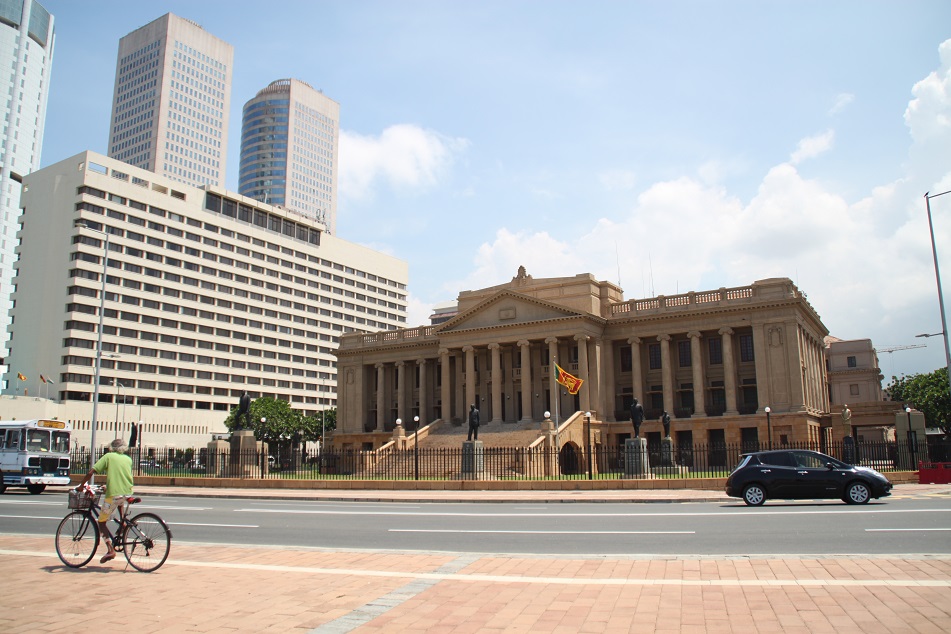

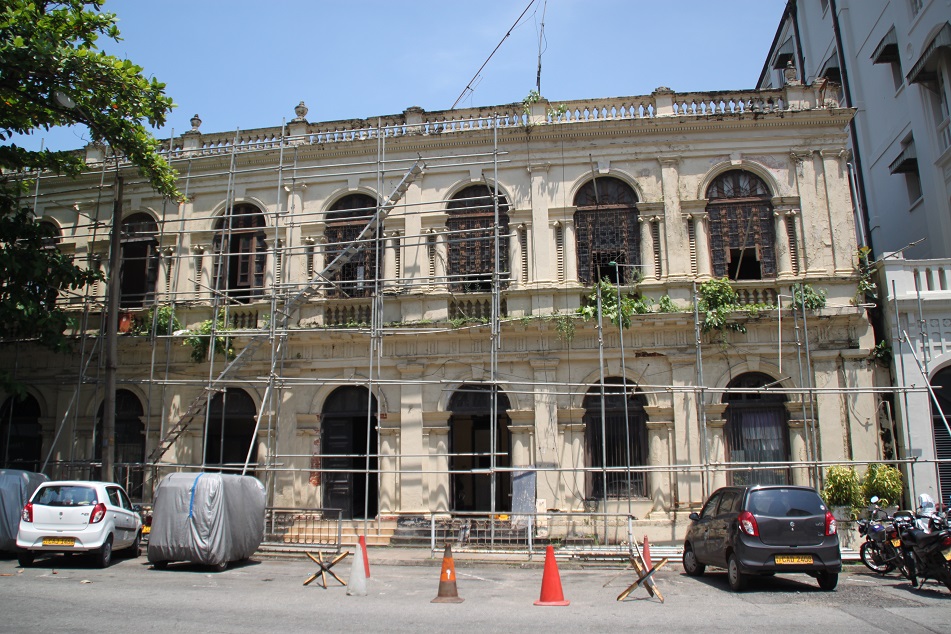

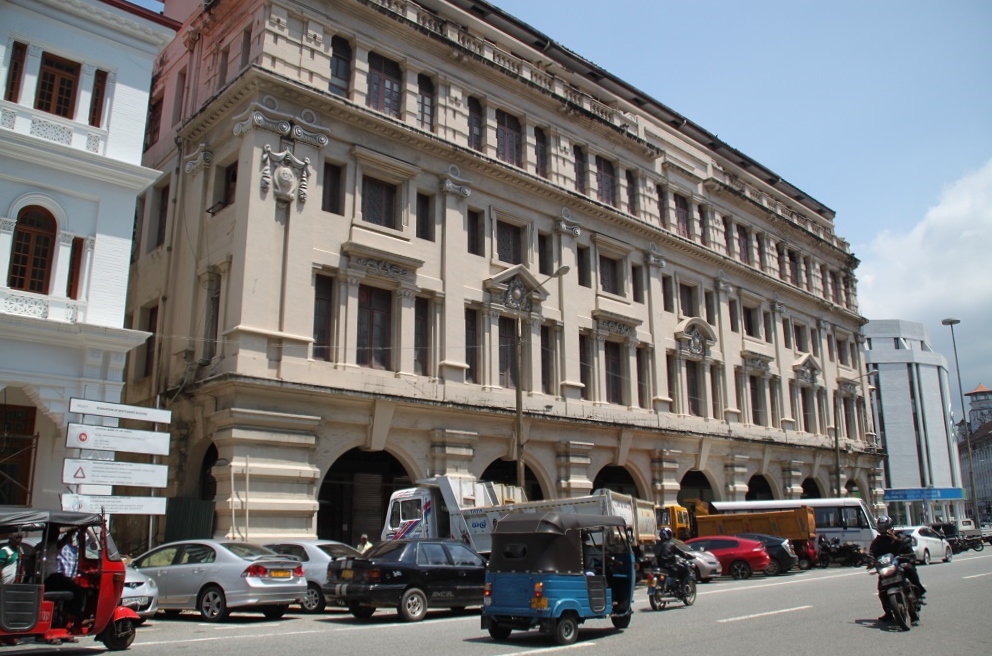
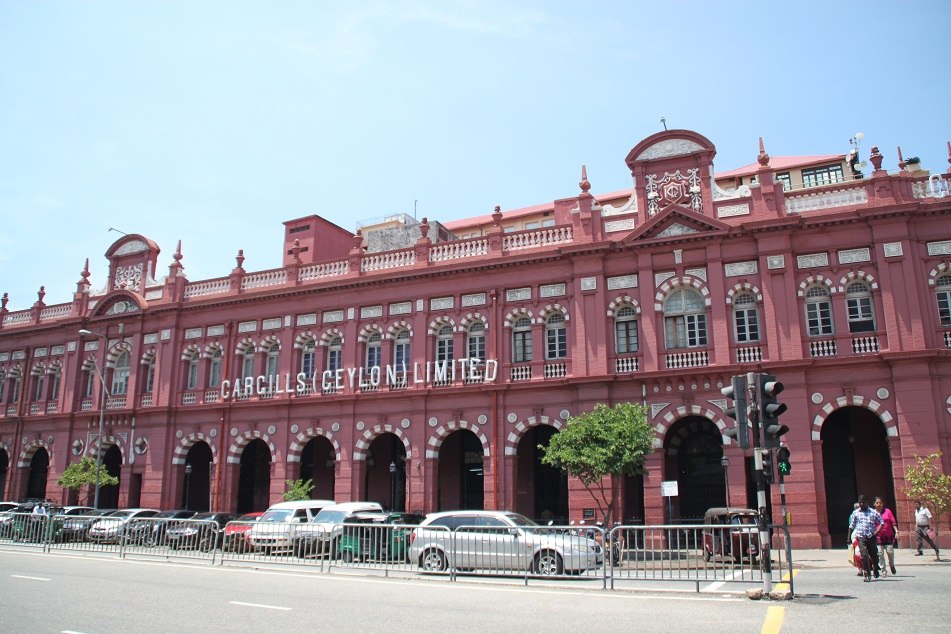
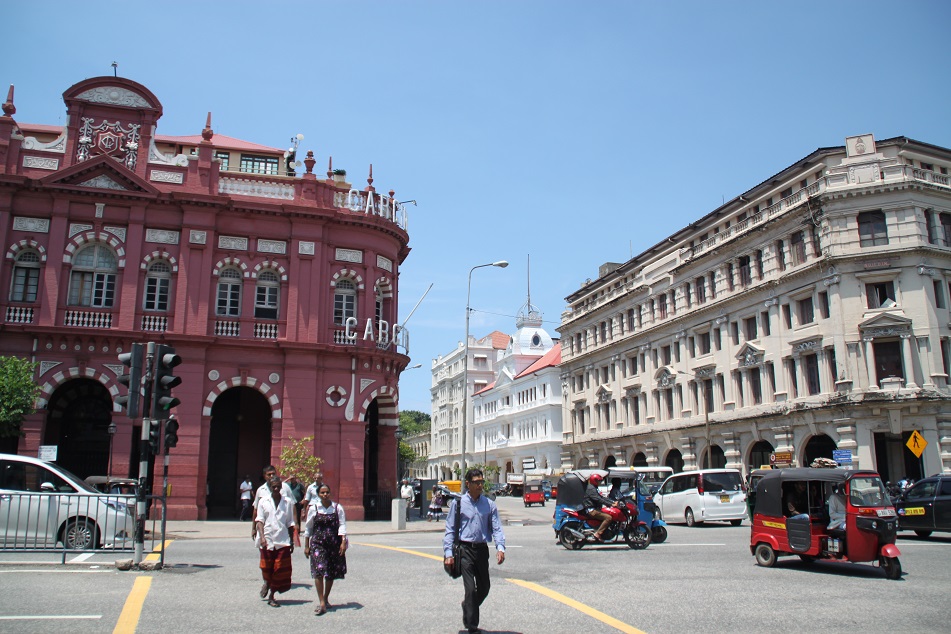


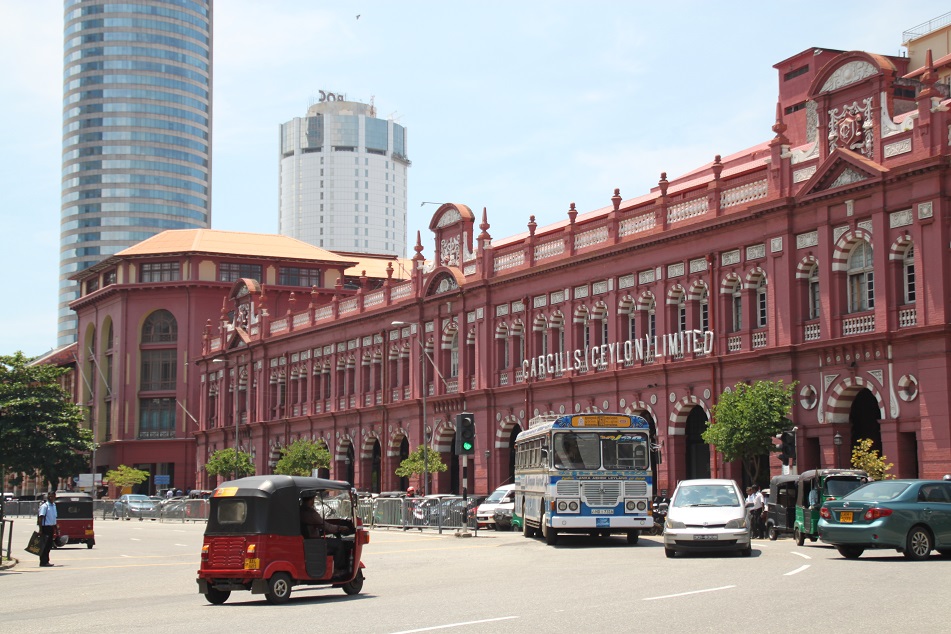
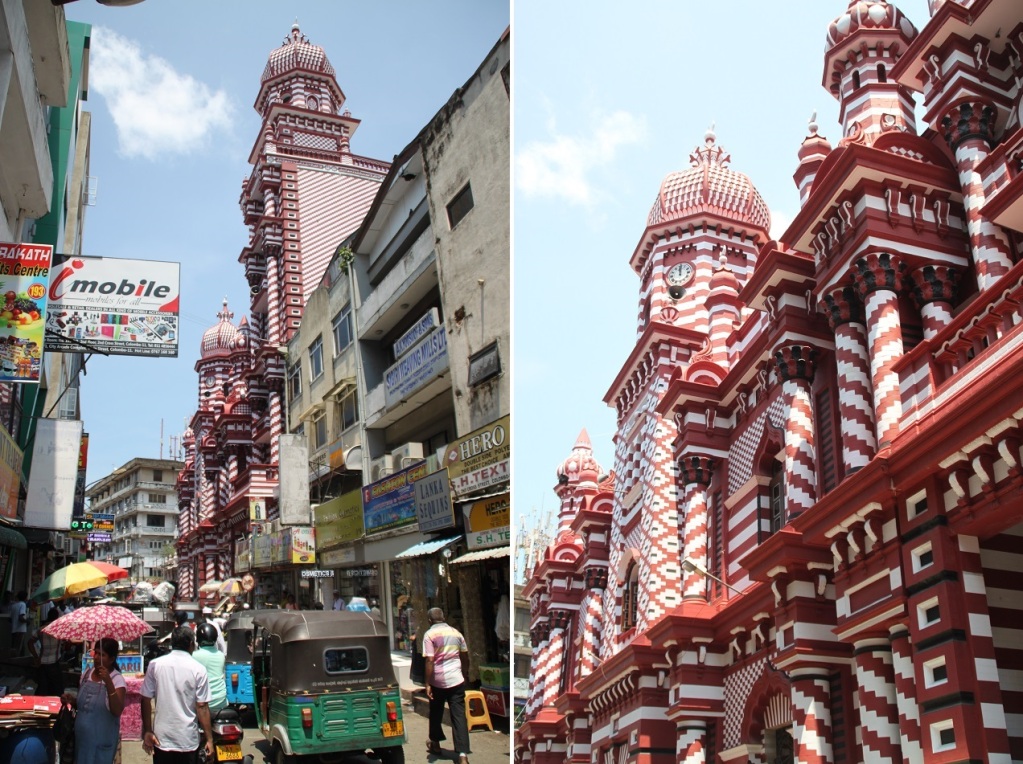


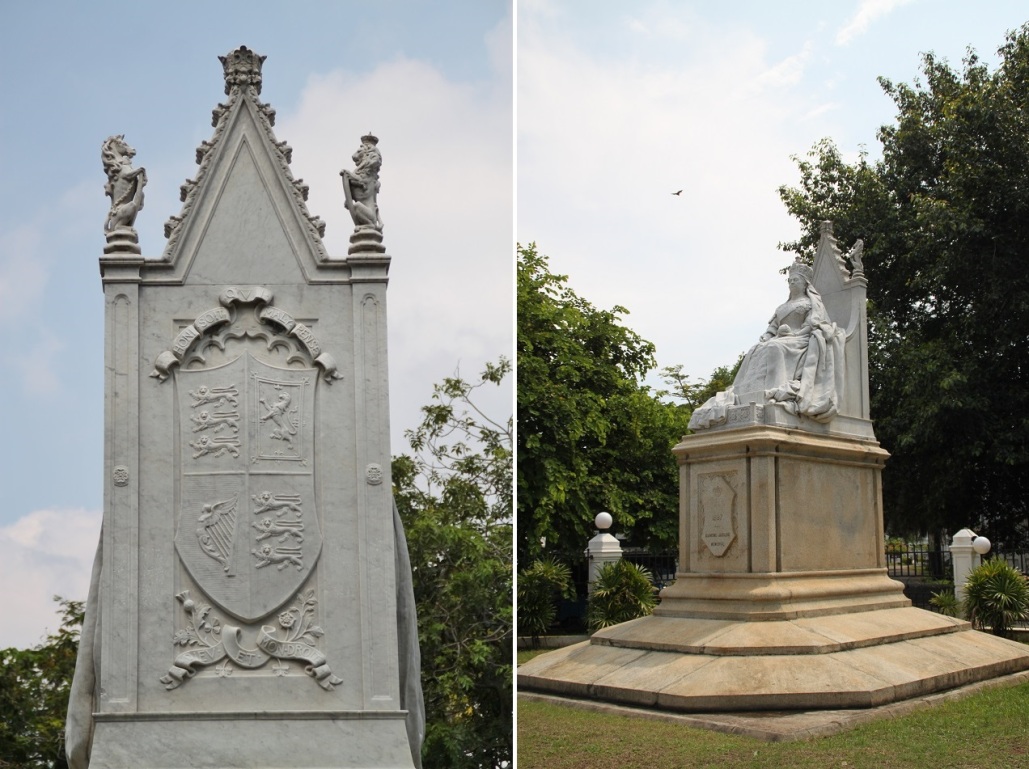
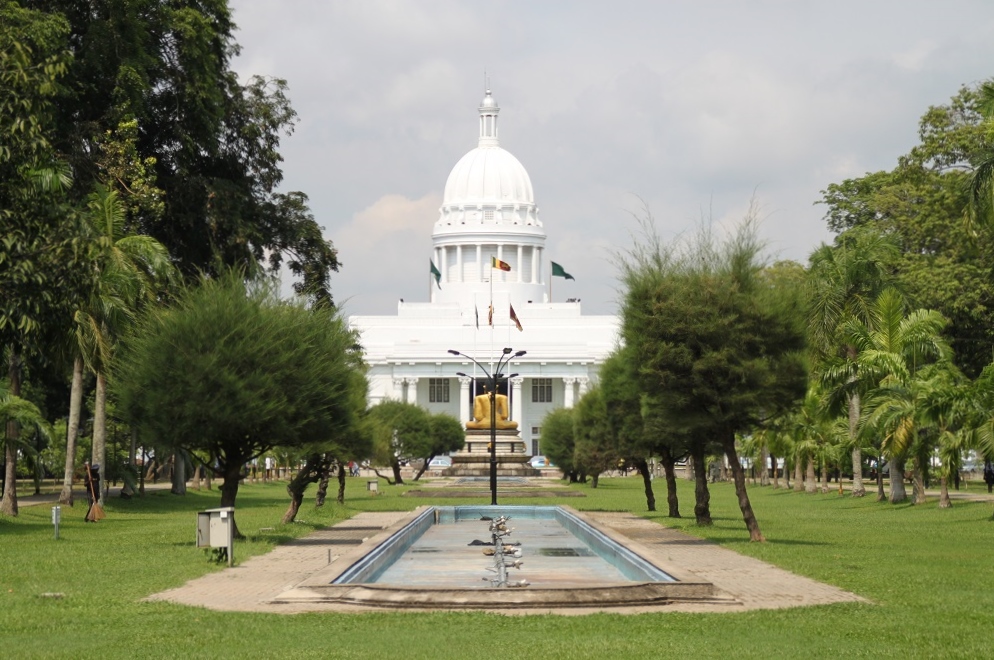
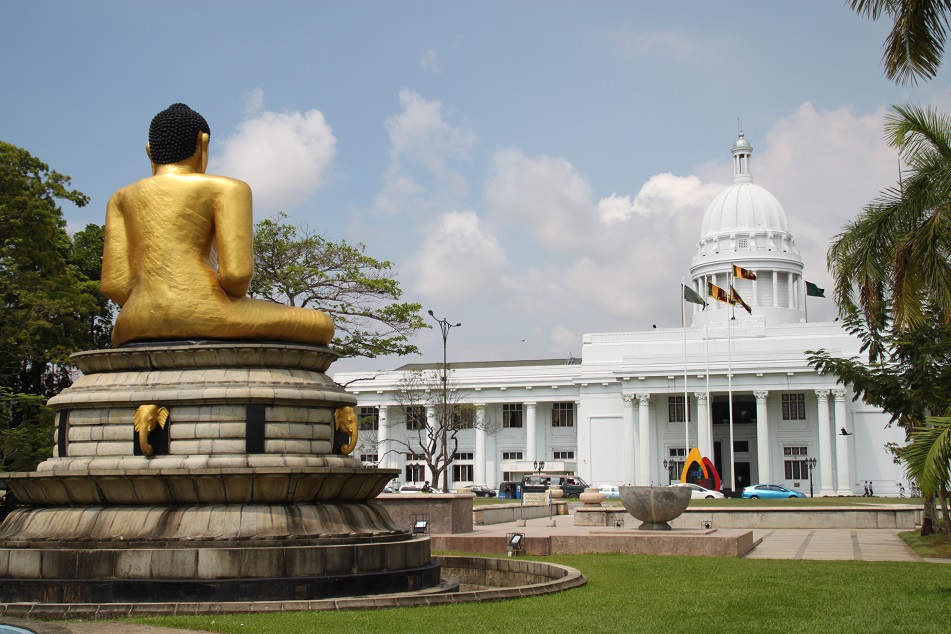
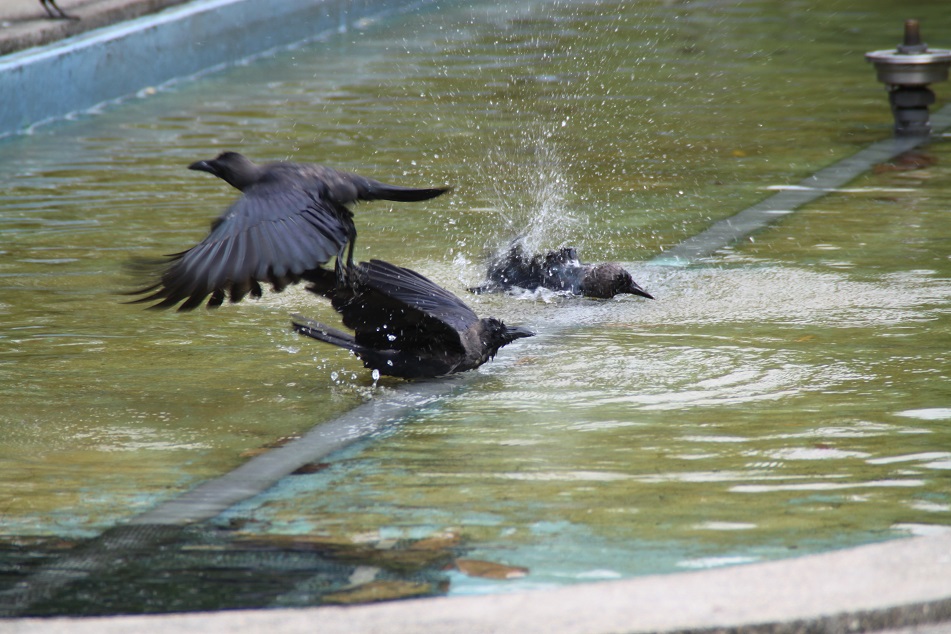
Lovely pics of Colombo. ..wonderful write up of so many unknown places we have never seen before. .👍👍
LikeLiked by 1 person
Thanks for reading, Anindya. It seems like Sri Lanka in general is still rather a hidden gem, even among Asians. The country has so many things to offer, and I would love to go back to Colombo in a heartbeat.
LikeLiked by 1 person
very true
LikeLiked by 1 person
You travelogue is so interesting to read, Bhama!
LikeLiked by 1 person
Appreciate your kind words, Sunith. Glad to know that you find this post (with a little historical perspective) interesting.
LikeLiked by 1 person
A good chapter on Lankan history with beautiful pics.I must say.
LikeLiked by 1 person
Very kind of you. Thanks again!
LikeLiked by 2 people
Very interesting and lovely architectural photos.
LikeLiked by 1 person
Thanks for reading! Colombo has many more architectural gems to explore. Unfortunately the last time I was in the city I only stayed for one night.
LikeLiked by 1 person
If only the same atmosphere prevailed in the north where the ubiquitous military presence is still responsible for disappearances, rape and torture of Tamils to this day.
LikeLiked by 1 person
Honestly I’m rather unaware of the situation in the north today. But when we were in Sri Lanka back in October 2015, quite a lot of people suggested us to visit Jaffna. I’ve been wondering though, whether the improved security there is the result of an ongoing reconciliation or a heavy military presence. From what you said, it sounds like the country has a long, rocky path toward a sustained peace where justice and fairness prevail.
LikeLiked by 1 person
My advice is not to go there. Sadly, I don’t see any reconciliation in the near future. There are sit-ins by Tamils demanding their land back and answers about what happened to the disappeared, but little progress.
LikeLiked by 1 person
That is really disheartening. Ending a war is one thing. Ensuring peace that follows will remain for generations to come is an even bigger challenge — whether there will be another conflict or not in the future really depends on how well peace process and reconciliation are carried out.
LikeLiked by 2 people
Bama can you tell me why the temple that looks to my untrained eye looks like a multitude of candy canes? One fascinating exterior!
LikeLike
That is actually an old mosque, Sue. It was built in Indo-Saracenic architectural style which was preferred in South Asia during British colonial time. I did wonder about the interior of the mosque though, but that day I decided to only take some photos of its facade.
LikeLiked by 1 person
Thanks Bama. It’s an eye catcher that is for certain!
LikeLike
The architect did know how to make this mosque stand out amid the narrow alleys of this old district of Colombo.
LikeLiked by 1 person
What an amazing buildings!
LikeLike
Colombo does have a lot of beautiful old buildings that are waiting to be explored. Thanks for dropping by, Ann.
LikeLiked by 1 person
The painted buildings are gems! It seems I am deluged with Sri Lankan images these days … all for the good; in fact, I am so captivated by this place now that I can’t wait to see it. Having your mini-history here is even more intriguing and helpful – thanks for the great post, as always.
LikeLiked by 1 person
And those are only some of Colombo’s architectural gems! In spite of its thousands years old heritage sites, well-preserved colonial buildings, and inspiring landscapes, I do feel that Sri Lanka is still relatively less known than its bigger neighbor across the strait. It is one of those places I can see myself returning several more times. Well, if you do have ample time when you visit Southeast Asia in the future, maybe you’ll want to consider making a detour to Sri Lanka. 🙂 Thanks for reading, Lex.
LikeLiked by 2 people
It looks wonderful. I wouldn’t have expected the very grand buildings! But you’re right, you sort of forget that Sri Lanka was a previous British colony!
‘Lovely photography as usual! 🙂
LikeLike
And the good thing is now you can explore parts of Colombo which were closed to tourists for a long time. Thanks Victoria!
LikeLike
I was in Sri Lanka once, but didn’t really get around in Columbo. Looks like I’ll have to return and check it out. Love those buildings with all the colors. Actually, I wasn’t too thrilled with Sri Lanka, in general. Maybe I was in a bad mood. I didn’t even get a good photo. Thanks for taking care of all that for me!!
LikeLiked by 1 person
Were you in the country during the civil war? I remember reading an article about Sri Lanka on a local newspaper here probably ten years ago which mentioned about how tourism in the country was hampered by the war. Less than a million foreign tourists visited the island nation annually during the civil war years. Anyway, whether you love or not a place is determined by a number of factors, and probably you were in Sri Lanka at the wrong time. But maybe you just don’t feel the chemistry with this country whatsoever — the only way to find out is by giving it another chance. 🙂 Glad you enjoyed my photos, Badfish!
LikeLiked by 1 person
Great post. It was interesting to read some of the comments too. It is good to see some normalcy come to the island. It is a shame what bad leadership can do to a country. Over 50 years later, the people still suffer.
LikeLike
Thanks Jeff. I guess right now we all should embrace peace on the island cautiously. So many lessons learned from decades of civil war, yet so many paths can lead the people back to the same old situation.
LikeLike
Gimana ga kesemsem sama Colombo kalo diceritain dan dikasih liat foto-foto keren kayak gini?
LikeLike
Mbak Riyanti nih bisa aja. Makasih banyak lho mbak. 🙂 Duh saya beneran pengen deh balik lagi ke Colombo. Penasaran sama beberapa masakan setempat yang belum sempat saya cobain dan katanya ada pengaruh dari masakan Indonesia (dulu dibawa sama Belanda ke Sri Lanka).
LikeLike
Beautiful photos. One thing I’ve learned from traveling to formerly turbulent places is that time changes and heal everything.
LikeLike
Thanks! To permanently hear the scars, one needs more than just time, I believe. Forgiveness and compassion are two important things to heal the world.
LikeLike
Hi Bama, this was very interesting to read as we have been living in Southegn Sri Lanka for six months now and have grown to enjoy parts of Colombo, particularly the market place of Pettah. And we did take a trip over the holidays to Jaffna in the North it was fascinating. Here is one of our posts fyi:
http://www.greenglobaltrek.com/2017/01/jaffna-at-last.html
Peta
LikeLike
I have to admit, compared to my first visit in 2012, my perception of Colombo has drastically changed toward a more positive note. Should I return to Sri Lanka one day, I definitely want to spend more time in its biggest city and explore more of what it has to offer. I just read your post on Jaffna, and it really is heartening to see how some sense of normalcy has returned to this northern part of the country after a long civil war.
LikeLike
Bama, like you I was surprised and delighted by the cosmopolitan nature of Colombo. It was especially noticeable after those eight days we spent in Kandy. My only regret about our time there was not giving ourselves another day or two to explore its other sights and neighborhoods. Next time we should also try a cooking class! As for Glenn and Fiona, I wonder if they are still running that gorgeous B&B or if they’ve since moved back to Australia. A gorgeous and deeply informative post as always!
LikeLike
I wonder if we should go back to Colombo sooner than later, while there is a direct flight from Jakarta to Sri Lanka’s biggest city. I’m really curious about lemprais, and yes, a cooking class would be neat! It would be really nice if Glenn and Fiona are still running that B&B by the time of our visit — they’re invaluable sources of local knowledge. Thanks James!
LikeLiked by 1 person
Loved this post too, Bama. I visited Sri Lanka last year and loved how modern, neat and orderly Colombo was compared to Kathmandu. I was in Colombo just for a day and spent other days of my holiday in beach towns across the Sri Lankan coast. The pink colored mosque in Pettah looks incredible! How did I miss it? I was in Pettah Bazaar and the area, but I don’t recall coming across the mosque. Thanks for an informative post with brilliant photos.
LikeLike
I too was surprised to see how cosmopolitan Colombo has become. I’ve been to the city twice, but I know I should go back for the third time! One of the things that impressed me the most about Colombo (and Sri Lanka in general) was how people actually respected pedestrians. Hope you’ll get another chance to visit Colombo! Thanks again for reading, Pooja.
LikeLiked by 1 person